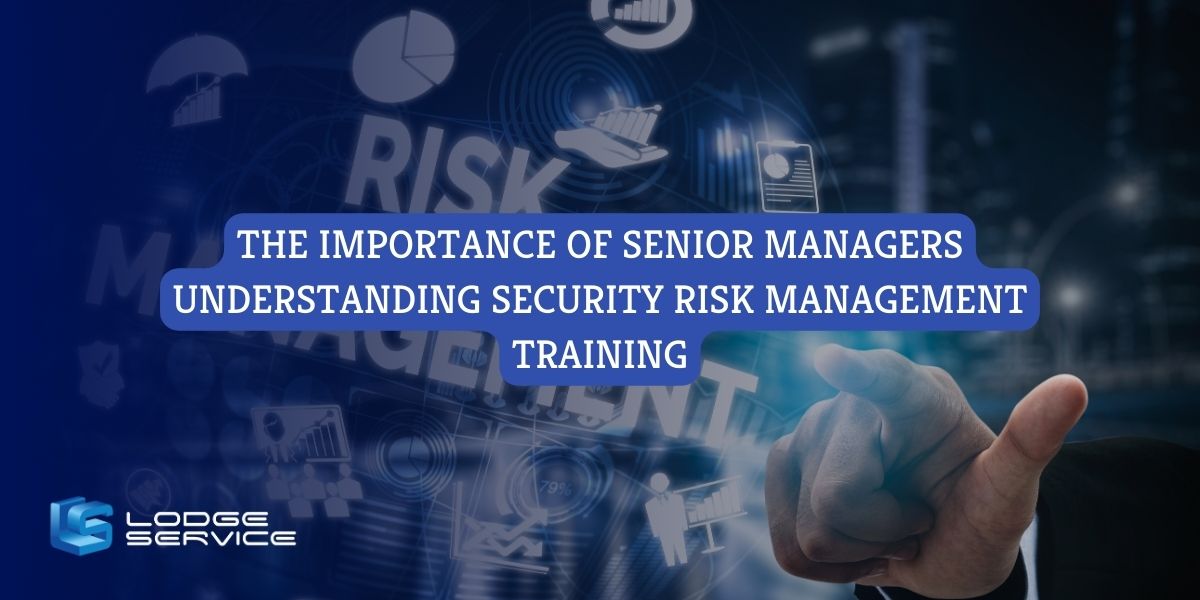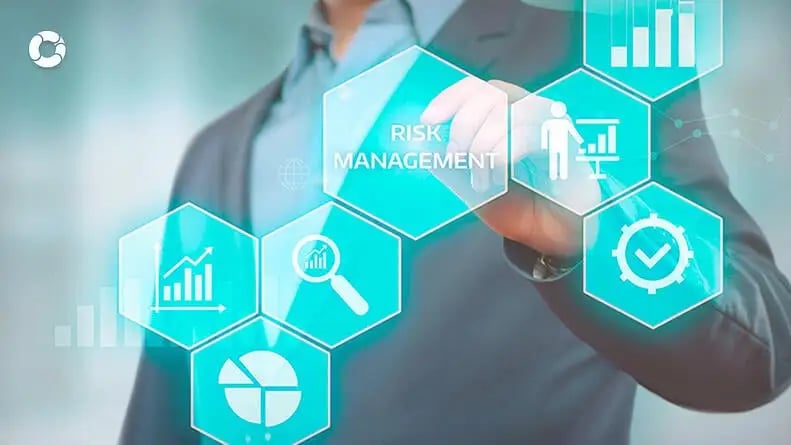Understanding the Significance of Risk Management in Contemporary Business Practices
Understanding the Significance of Risk Management in Contemporary Business Practices
Blog Article
Exploring the Significance of Risk Management for Effective Decision-Making Techniques
In the intricate world of company, Risk Management arises as an essential consider the decision-making process. The capability to recognize possible risks and chances, and plan as necessary, can spell the distinction in between success and failure. With devices such as SWOT and PESTEL, organizations are outfitted to make educated selections, promoting strength and adaptability in an ever-changing atmosphere. Wondering exactly how this works? Allow's unpack the characteristics even more.
Recognizing the Concept of Risk Management
Risk Management, an important part in decision-making, is usually misconstrued or oversimplified. Risk Management includes disciplined and structured strategies, using data and insightful analyses. From monetary uncertainties, lawful responsibilities, critical Management mistakes, to accidents and all-natural catastrophes, it deals with various dangers - importance of risk management.
The Duty of Risk Management in Decision-Making Processes
In the realm of calculated preparation and company operations, Risk Management plays an indispensable function in decision-making procedures. It aids in determining possible threats and unpredictabilities that might affect the success of company objectives. By mapping these dangers, companies can create approaches to minimize their impact, guaranteeing business continuity and stability. Risk Management thus comes to be an important device in decision-making, assisting leaders to make educated options based upon a thorough understanding of the risks included. It motivates a proactive approach, enabling organizations to anticipate and prepare for possible future circumstances. This dramatically reduces the chance of adverse effects, promoting a lot more efficient and efficient decision-making methods. Risk Management serves as an important element in the decision-making procedures of any type of organization.

How Risk Management Enhances Strategic Preparation
In the context of calculated planning, Risk Management plays an essential duty. Launching with the identification of possible risks, it additionally encompasses the implementation of Risk mitigation steps. The function of Risk Management is not fixed yet vibrant, as it requires continuous tracking and adjusting of strategies.
Identifying Potential Dangers

Applying Risk Mitigation
Having actually established the value of recognizing possible risks, the next step is to check out Risk mitigation. This process entails creating and executing approaches to manage determined threats effectively. It is a vital aspect of calculated preparation as it boosts decision-making by reducing possible negative results. Risk mitigation methods can vary from Risk avoidance, Risk transfer, to run the risk of reduction. Each technique must be customized to the specific Risk, considering its potential impact and the organization's look at this web-site Risk tolerance. Additionally, reliable Risk mitigation requires a deep understanding of the Risk landscape and the potential effect of each Risk. This understanding enables companies to focus on threats and allocate sources successfully, ensuring that one of the most substantial threats are resolved first.
Monitoring and Adjusting Strategies
Though Risk mitigation is a critical step in critical planning, continual tracking and adjustment of these methods is similarly vital. It additionally provides a chance to review the success of the Risk Management actions, allowing modifications to be made where essential, further boosting tactical planning. Surveillance and adjusting Risk Management approaches is an important component for enhancing an organization's durability and critical preparation.
Instance Researches: Effective Risk Management and Decision-Making
In the world of company and money, successful Risk Management and decision-making usually serve as the pillars of thriving ventures. These situations highlight the worth of astute Risk Management in decision-making procedures. These instances emphasize the vital function of Risk Management in strategic decision-making.
Tools and Strategies for Effective Risk Management
These devices, such as Risk signs up and warmth maps, aid in determining and examining prospective dangers. Risk response approaches, a key component of Risk Management, involve approving, preventing, transferring, or mitigating risks. With these strategies and devices, decision-makers can navigate the complex landscape of Risk Management, therefore assisting in notified and efficient decision-making.
Future Trends in Risk Management and Decision-Making Methods
As we discover the vast landscape of Risk Management, it comes to be obvious that the devices and strategies used today will certainly proceed site link to advance. Future fads anonymous point towards a raised dependence on technology, with expert system and artificial intelligence playing considerable functions. These innovations will make it possible for companies to predict possible dangers with greater precision and make even more informed choices. Furthermore, there will be an expanding emphasis on strength, not just in managing threats however also in recuperating from unfavorable situations. The principle of Risk society, where every member of an organization is aware and included in Risk Management, will gain much more prestige. These fads declare an even more inclusive and proactive method towards Risk Management and decision-making.
Final thought
Risk Management therefore comes to be a vital tool in decision-making, aiding leaders to make enlightened options based on a thorough understanding of the threats entailed. Risk mitigation techniques can vary from Risk evasion, Risk transfer, to take the chance of reduction (importance of risk management). Efficient Risk mitigation needs a deep understanding of the Risk landscape and the potential influence of each Risk. Risk action methods, a crucial element of Risk Management, entail approving, avoiding, moving, or mitigating threats. The idea of Risk society, where every participant of an organization is mindful and entailed in Risk Management, will certainly get much more prominence
Report this page